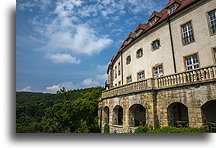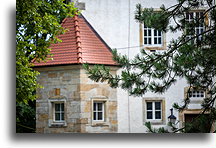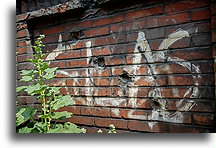
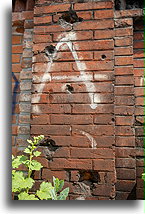
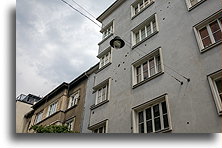
Bullet marks can still be seen on Kraków tenement houses. Even that many years have passed, the remains of the Second World War are visible on the walls of the buildings. The Nazi occupation of Kraków began on September 6, 1939. The Nazis seized the city without fighting. Throughout the war, the military actions of the resistance movement in Kraków were negligible. For this reason, it is believed that most of the houses were under the fire in January 1945. Bullet marks are usually high above the ground and come from the machine guns. The Soviets, entering Kraków, shot at the windows of tenement houses in order to threaten the civil population.
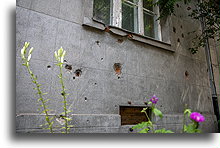
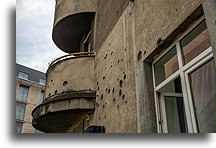
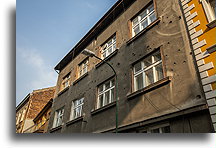
The ghetto in Kraków was one of the many Nazi ghettos created in German-occupied Poland during World War II. The Kraków ghetto existed from March 1941 to March 1943. 15,000 Jews were crowded into the area previously inhabited by 3,000 people. Four families were allocated to each apartment. Those who could not be accommodated simply lived on the street. The ghetto was separated from the rest of the city by a wall. Small fragments of the wall with the characteristic shape of matzevot, or Jewish tombstones, have survived to this day.
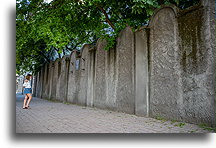
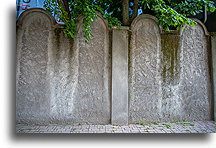
We are all convinced that the idea of isolating the Jewish population and placing them behind the ghetto walls was born in Nazi Germany. Unfortunately, the Germans only brought back to life the centuries-old way of Jew discrimination. The Jewish ghetto has its roots in Renaissance Italy and the papal states. The word ghetto comes from the name of the Jewish district in Venice. The Venetian ghetto established in 1516 was the first the world. It was a small area connected to the rest of the city by two bridges open only during the day. Large penalties were introduced for anyone who dared to break the law and leave the ghetto after the gates were closed. The same was true in Rome, where in 1555 Pope Paul IV established a walled Roman Ghetto on the Tiber River bank.
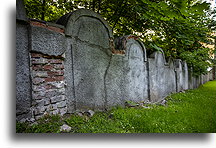
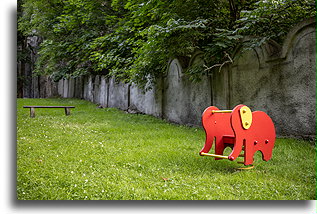
At the time of the German invasion on Poland in September 1939, there were 68,000 Jews living in Kraków, only about 4,000 survived the war. After the liquidation of the Kraków ghetto, people were transported to the Auschwitz concentration camp or other Nazi death camps, or simply died in the streets.
The Wartenberg Castle in Przegorzały in Kraków is the most outstanding example of the architecture of the Third Reich in the Nazi-occupied Poland. Erected between 1942 and 1943, it is located on a hill on the outskirts of the city, in a place with a wonderful view of Kraków and the Vistula River. Initially, it was supposed to be the summer residence of the Nazi governor of the Kraków district, but at the end of 1943 Hitler himself allocated the property to a holiday home for the German frontiers. As the then German press reported, "the best soldiers deserve only the best". Forty frontiers came here every two weeks, most of them decorated with the Knight's Cross and the Golden German Cross.
